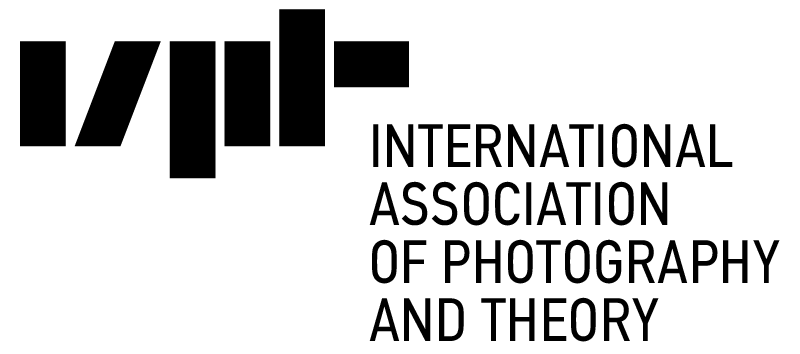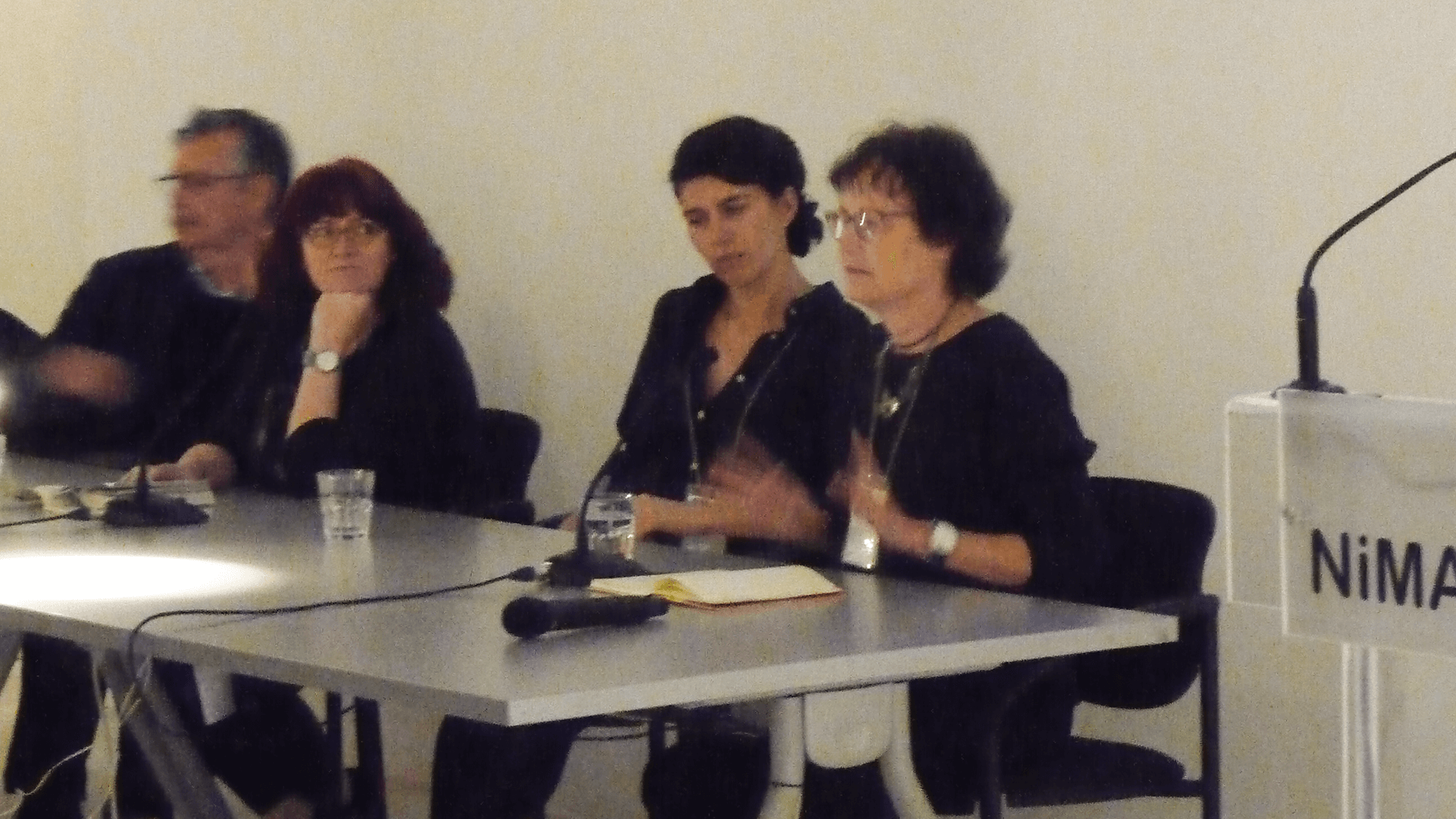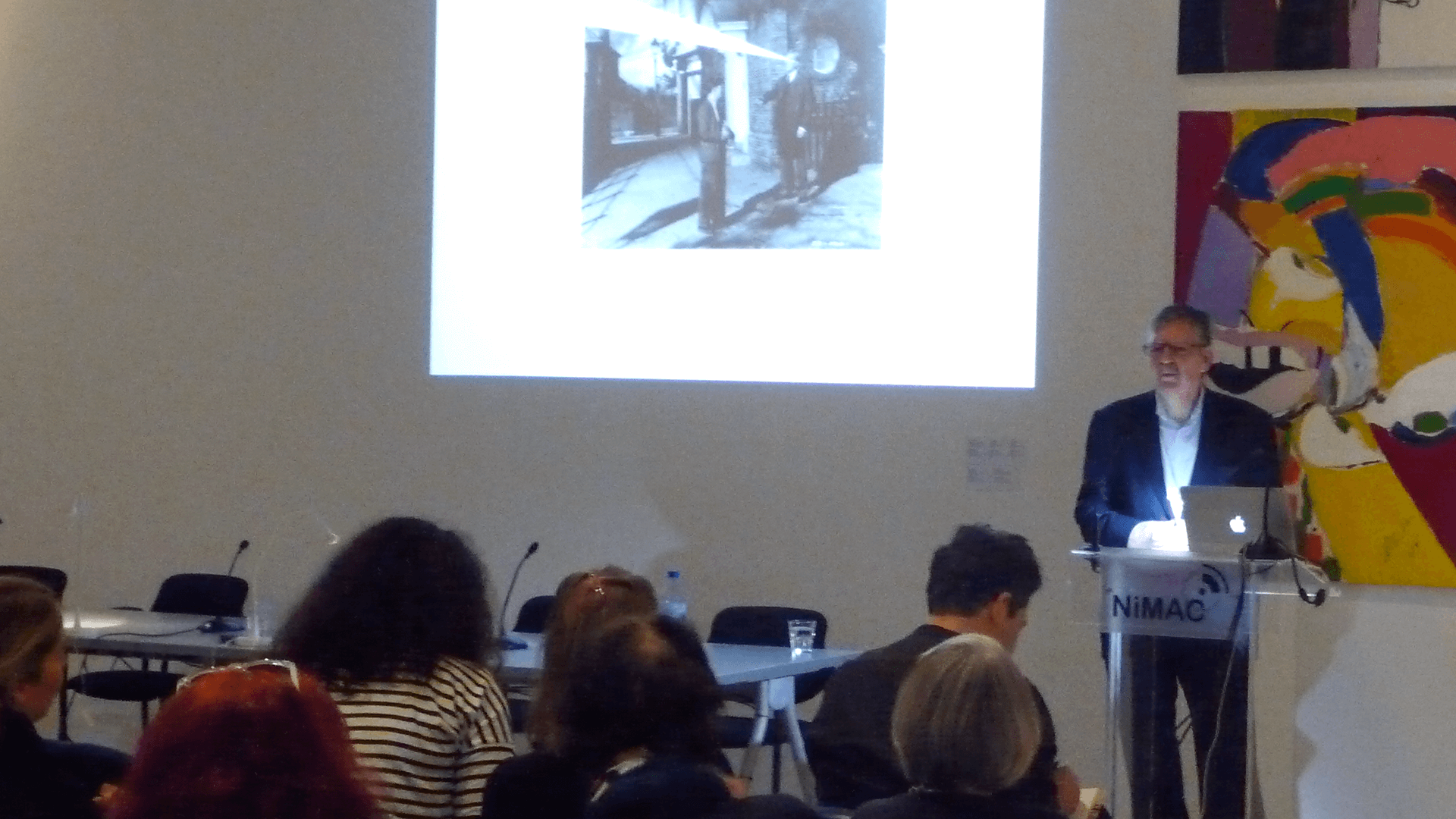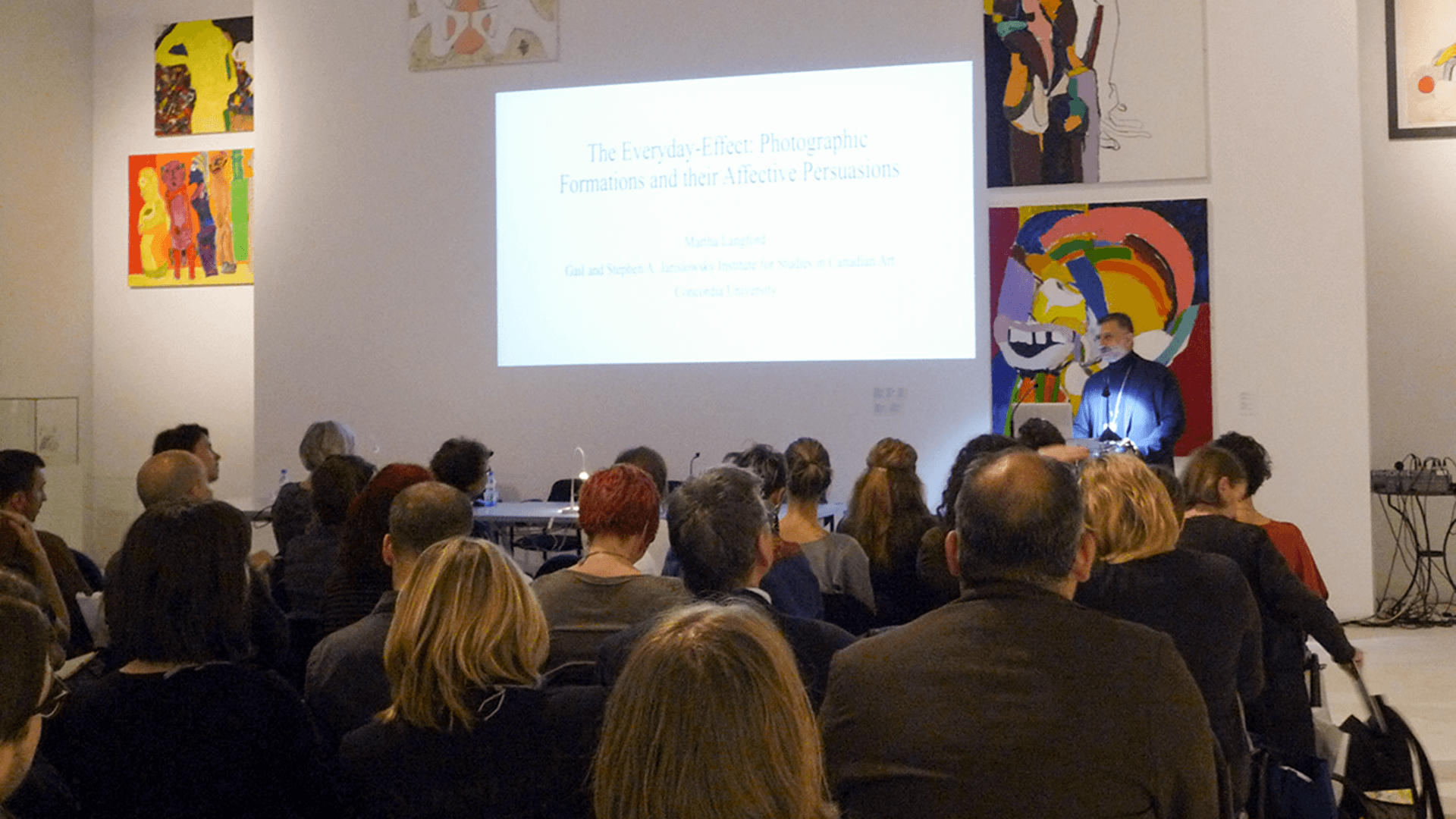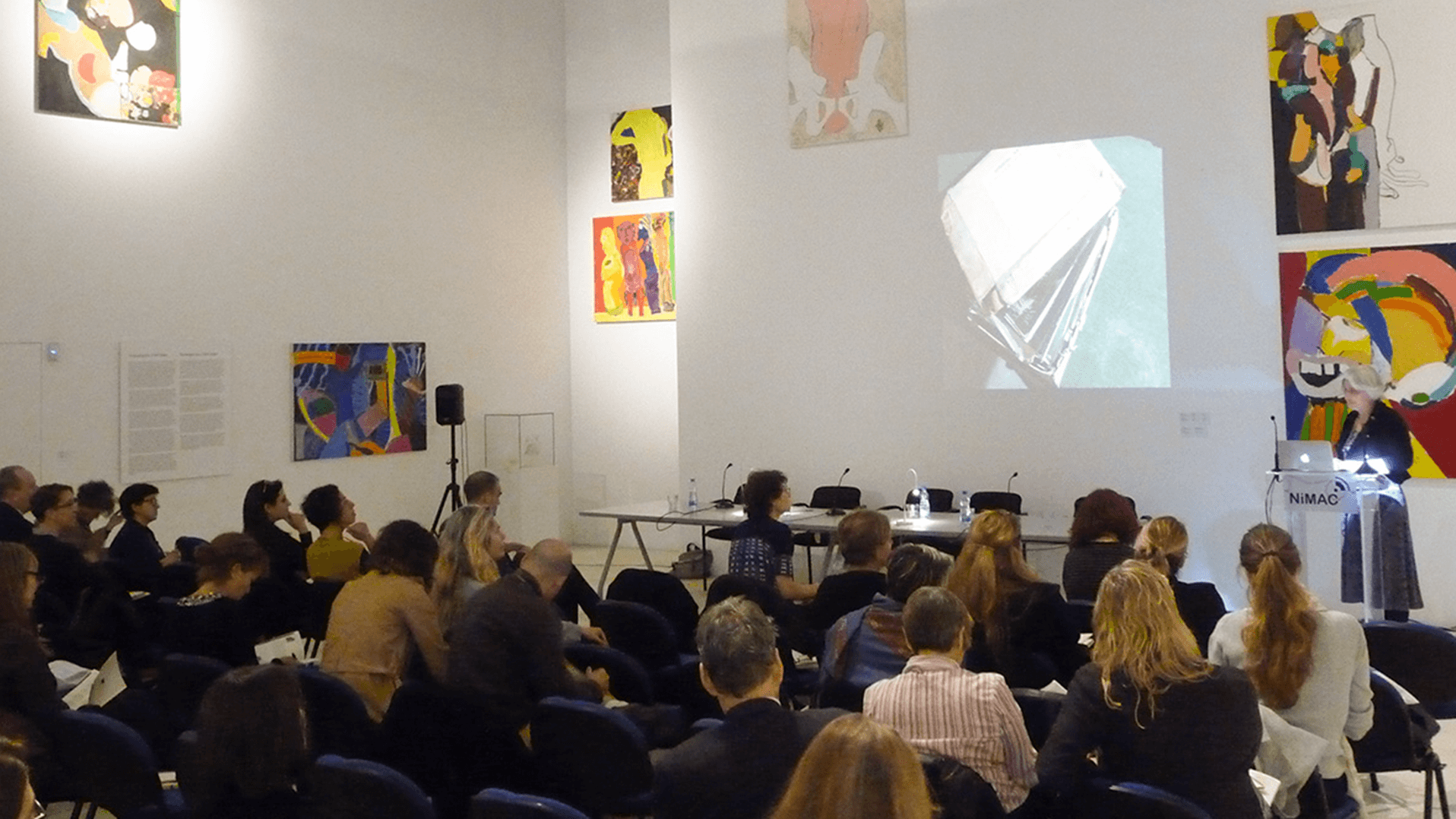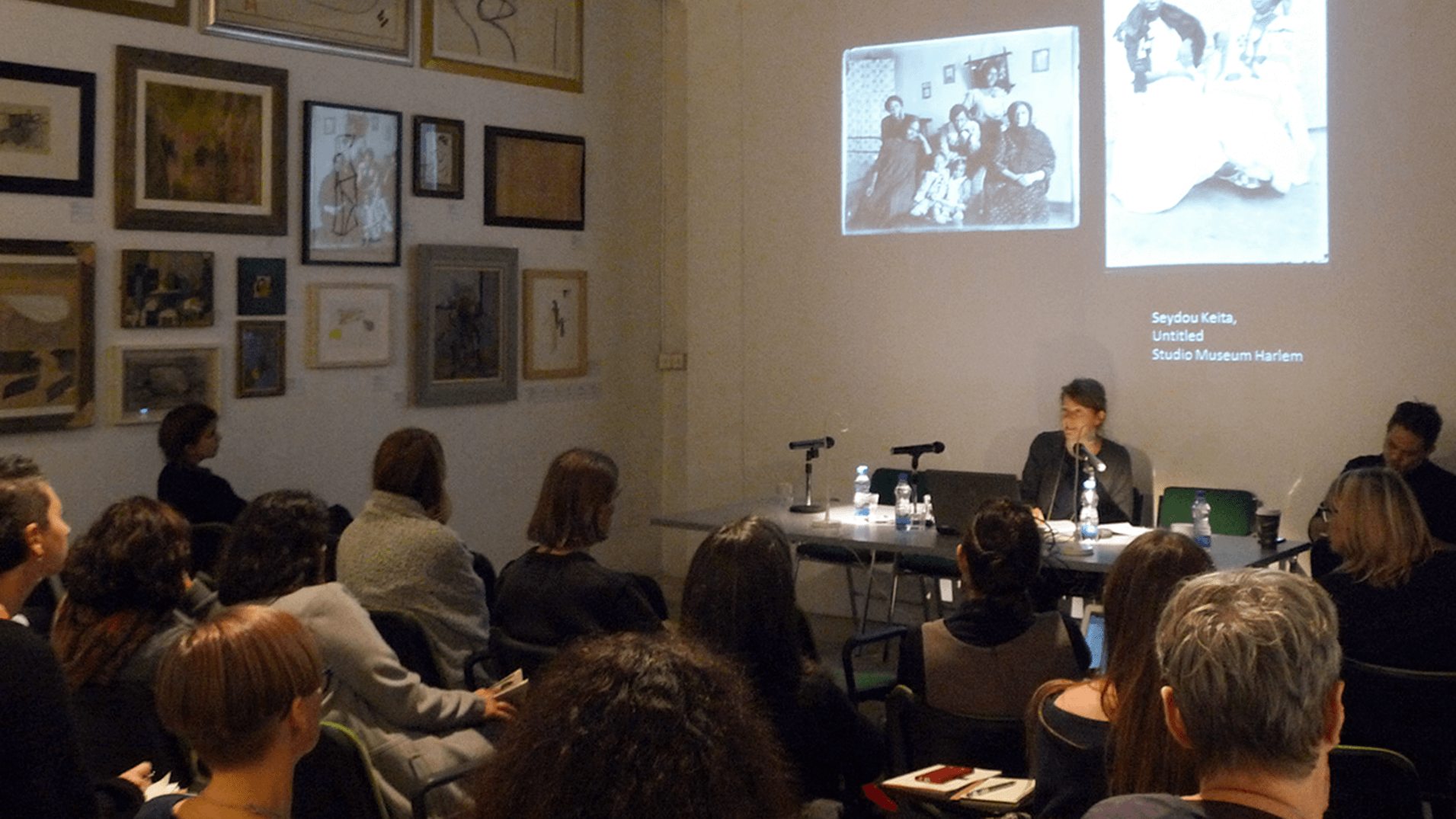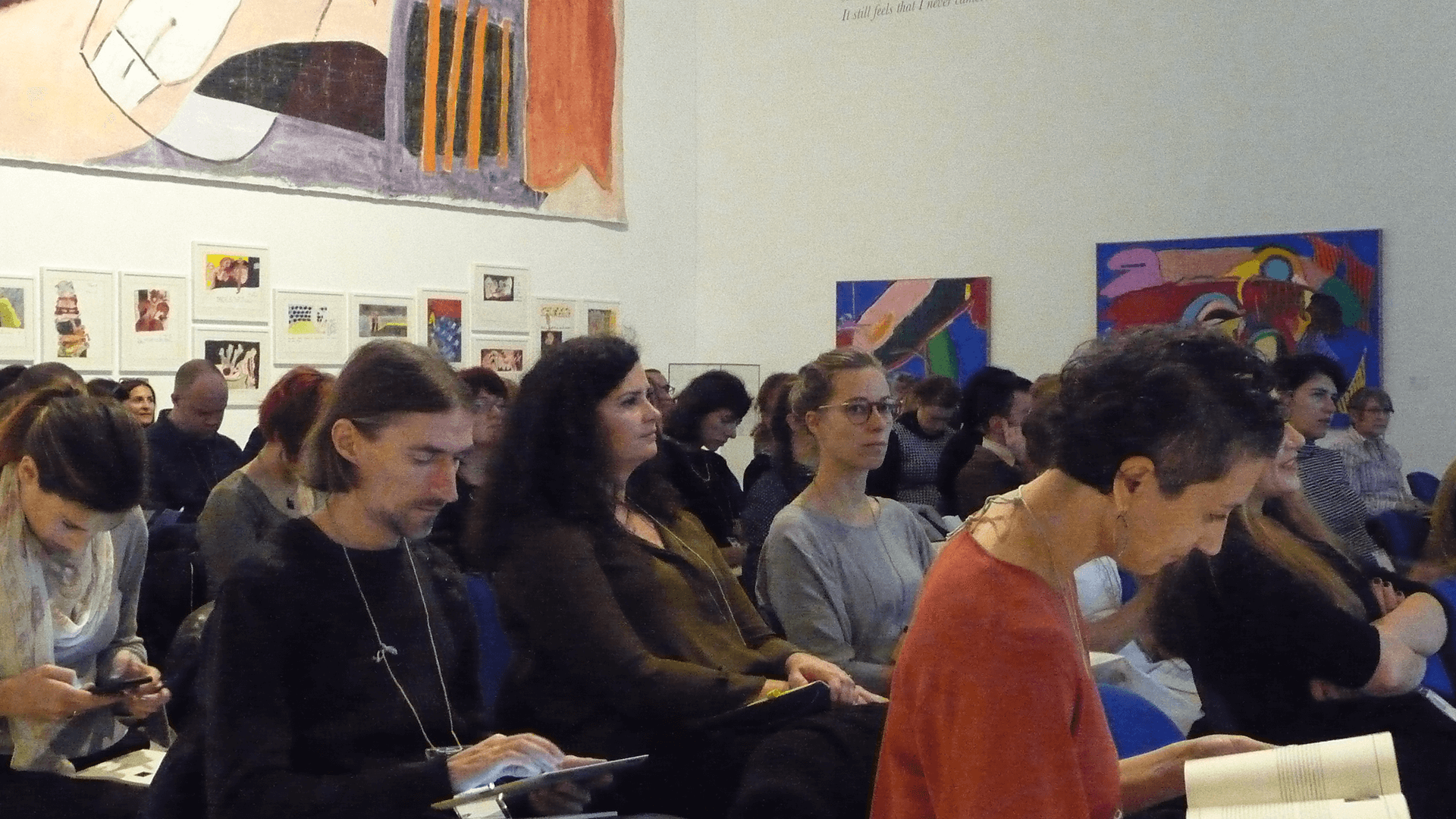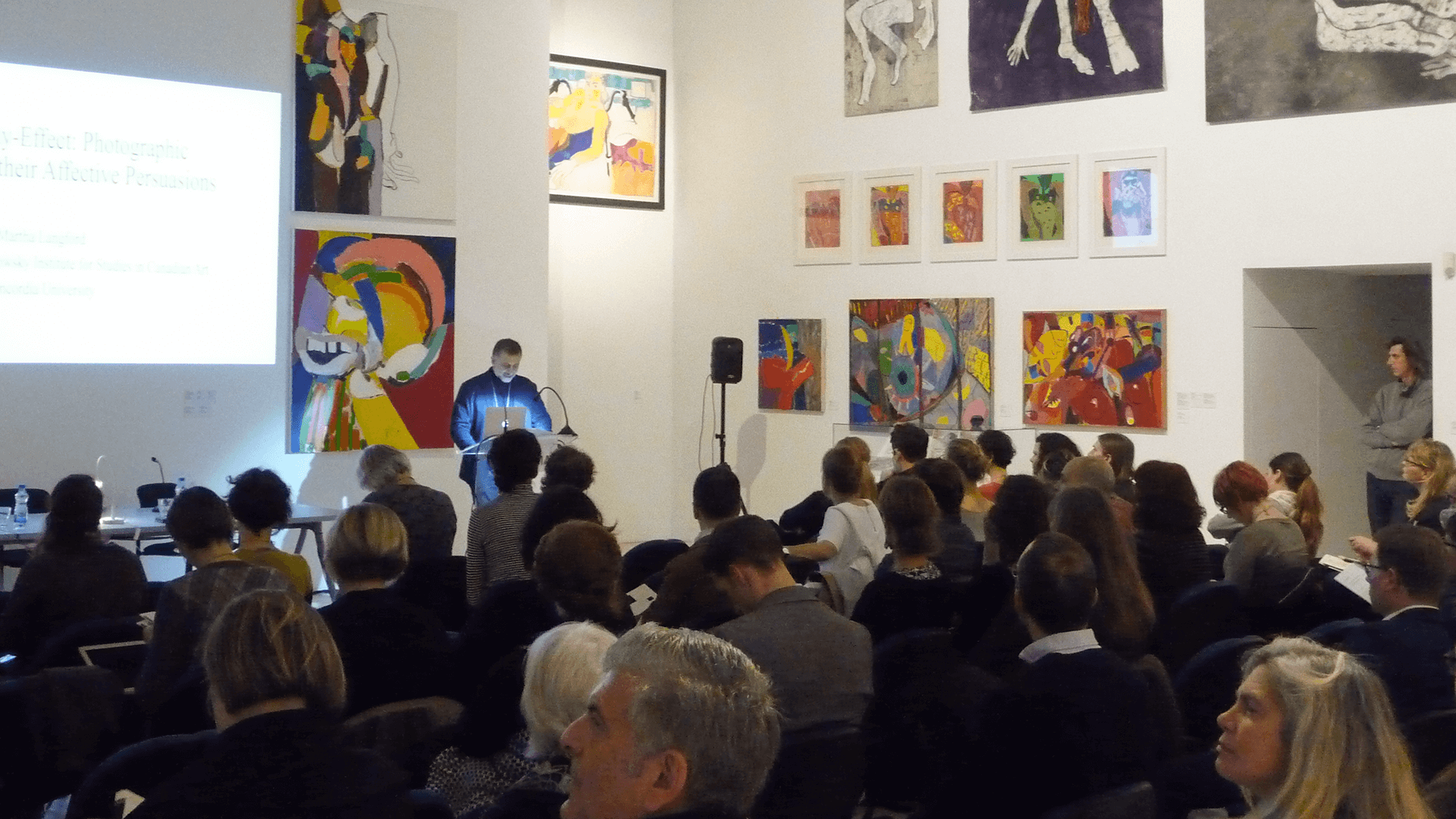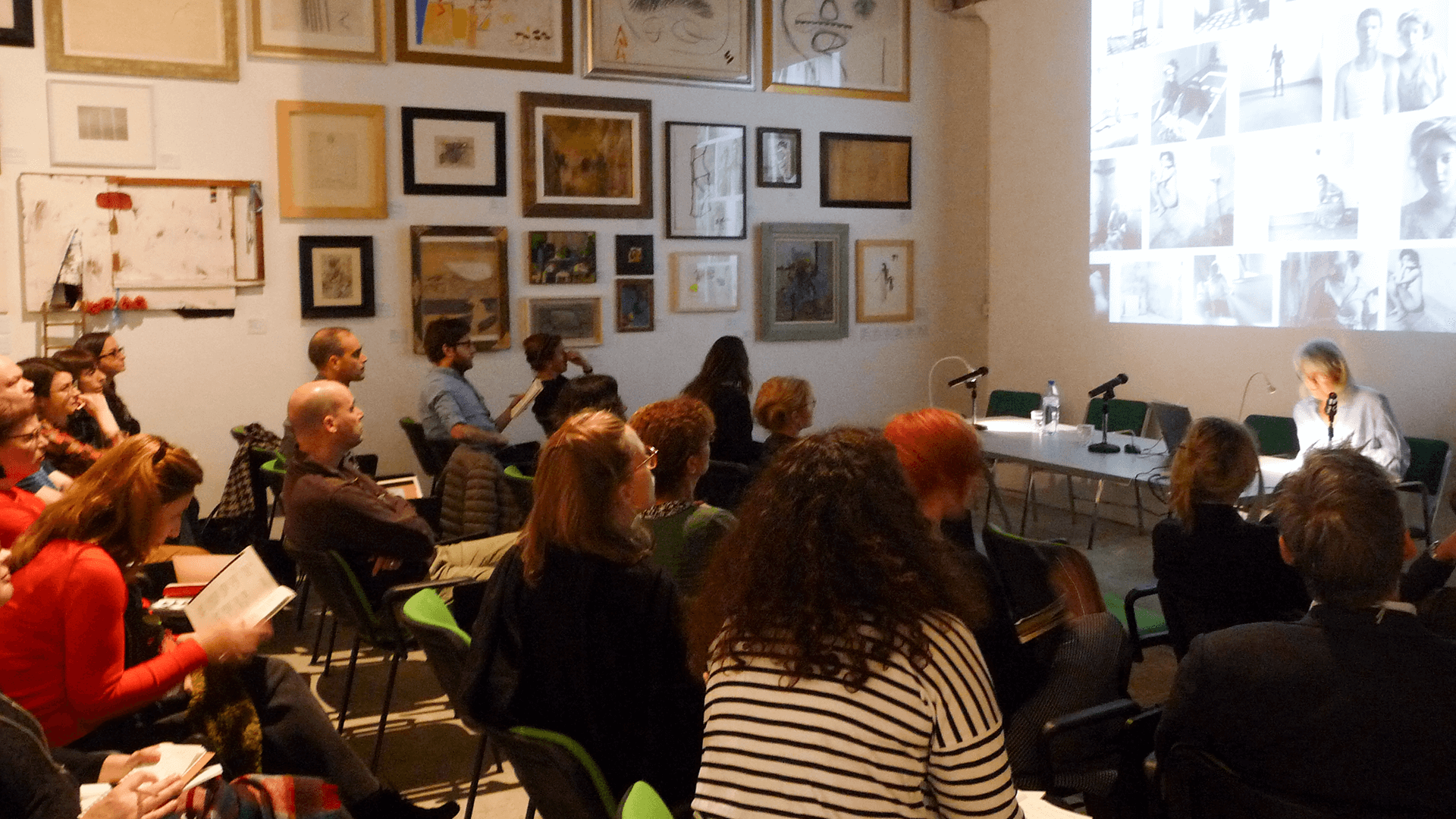ICPT2016
4th International Conference of Photography & Theory
Photography and the Everyday
DECEMBER 2-4, 2016
NICOSIA, CYPRUS
Keynote Speakers
Martha Langford
John Stezaker
Lucia Nimcova
Call for Papers
Conference Abstracts
Synopsis
Research in historical, artistic and vernacular photography has been rapidly expanding in the past few years. Responding to this trend, the International Conference of Photography and Theory (ICPT) was created with the aim to provide an outlet for an interdisciplinary and critical theoretical exploration of photography and photographic practices. The 4th International Conference of Photography and Theory (ICPT2016) aims once again at bringing together researchers and practitioners from diverse fields of study, who share a common interest in photography.
This year’s topic, Photography and the Everyday investigates the current meanings, distribution, materiality, impact, and affect of vernacular photography (or else everyday photography) in relation to our economy of images. Furthermore, it aims to examine the ways vernacular photography influences, shapes and challenges memory, individual and collective identities, historical and other narratives, the social fabric, issues of authorship and authenticity, privacy and public life.
With the advent of the digital era, an unprecedented volume of photographs are being produced, shared and distributed, perhaps signalling a shift in our engagement with vernacular photography. Smartphones, tablets, social media and photo-sharing applications seem to have altered our economy of images, making everyday photography more immediate, accessible, shareable and visible than ever. The ease of taking vernacular photographs has resulted in fleeting, temporal, and what they are often described as ‘superficial’ images. However, the growing and overpowering number, the viral nature, and often personal – yet universally – understood content of such images cannot be easily dismissed. More so, online photographic collections have established a diverse and flexible channel for exchange of both images and discourse around everyday photography, whilst producers and consumers of photographic images have assumed curatorial roles over these collections.
